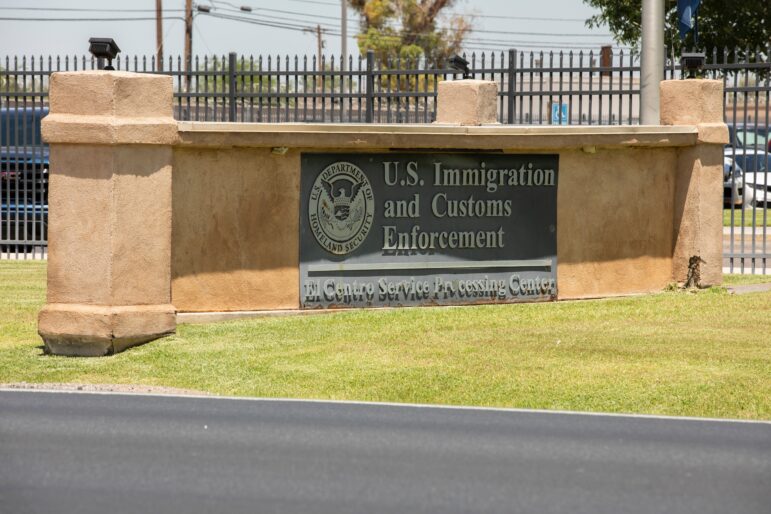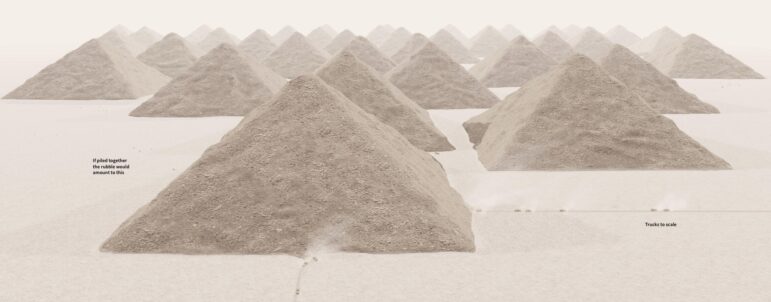

The Webcomic that Tells the Story of a Bolivian River
“We are looking for stories that have an innovative digital approach,” said Cecibel Romero. She was the mentor the Connectas team assigned to me when I submitted my investigative project about the pollution of the Choqueyapu River in La Paz, Bolivia, as part of an investigative journalism course.
The challenge to create a digital project exceeded my skills; I was mostly a print journalist.
The Choqueyapu River investigation was initially intended for the Bolivian newspaper, Página Siete. It took three months of reporting and research and resulted in the publication of two 16-page newspaper specials, which brought together a large amount of new information on the subject. Everything that had been written about the river before tended to be general and repetitive.
My intention was to update information and break down what was happening with the river – the largest and most important in the city of La Paz. I wanted to report on its uses and levels of pollution, and the steps that were being taken – or not taken – to solve the problem. I knew it was going to be a challenge and that it meant a lot of work for just one person.
I decided to team up with journalist Gabriel Díez Lacunza, with whom I started the investigation’s first phase. For the second phase, Milen Saavedra joined our team. There was so much information that needed to be organized and explained that, as the days passed, it was difficult to solve the digital challenge that Romero had presented.
Once the two newspaper specials were published, we had to start the most complicated chapter: thinking about how to reuse that data to build a small online site. Because we had created the story for print, we did not have any videos – only raw audio. We also had very little experience with multimedia tools.
The only option we had left was to build a traditional site with text, photographs and infographics, but that moved us away from the initial challenge: to create something innovative. We started searching for a proposal that had the potential to attract users to spend more time in front of their computers.
Comics: Our Salvation!
Each of the print issues focused on a different problem related to the Choqueyapu. The first one dealt with the river’s pollution, and the second with the health complications caused by the crops that were irrigated with its water.
We decided to give those two big stories to illustrator Joaquín Cuevas – who, like everyone in La Paz – knows, understands and experiences the problems caused by the Choqueyapu River firsthand. His challenge? To put together a script for a comic based on those stories.
After some back-and-forth, we decided to do something a little risky. We suggested that Cuevas make the river the central character in the story. The river itself would tell the reader what happened as it followed its path to the city. We gave a voice to the Choqueyapu, but also to the people living in its surroundings, to experts and to everyone interviewed for the stories.
Cuevas’ take really surprised us, and his script managed to touch very different elements than those of an ordinary news story. However, there was still a lot of information that was missing, so we transformed the most relevant data into a digital format. We created interactive graphics and videos that follow the illustrations on their journey through the river.
We were able to balance his art with data.
Cuevas created a webcomic about the daily life of the Choqueyapu: its origins; how it gets polluted as it crosses the city and heads south; the vegetable and fruit plantations it irrigates; and its return to the city in the form of products for human consumption. He designed a kind of U-shaped illustration, which gave some headaches to our programmer, Jhasua Razo, who was in charge of the online visualization. However, he managed to get the comic programming to follow Cuevas’ proposal.
It was not easy and took longer than we expected, but we believe that the effort was worth it.
Explore the comic here (in Spanish).
This post first appeared on the IJNet website and is reproduced here with permission.
 Carla Hannover is the ideas editor of Página Siete (Page Seven), a daily newspaper in La Paz, Bolivia. She has worked as a member of paper’s investigative team, as editor of La Pública, and as culture and arts editor of La Razón.
Carla Hannover is the ideas editor of Página Siete (Page Seven), a daily newspaper in La Paz, Bolivia. She has worked as a member of paper’s investigative team, as editor of La Pública, and as culture and arts editor of La Razón.











